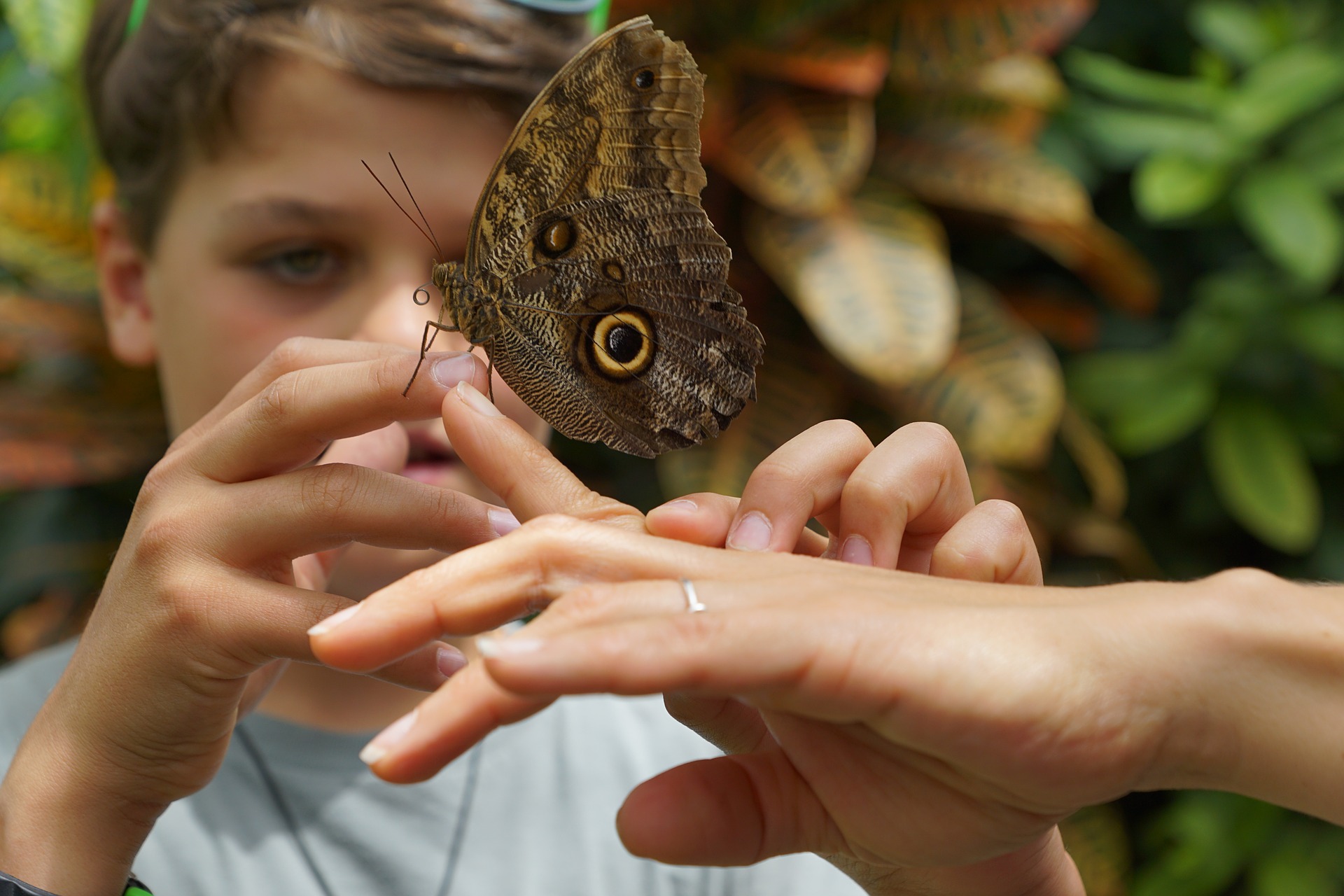Breathing Life into Lessons
By Gabe Kraljevic
Posted on 2019-08-30
 I find it challenging to engage elementary students in the life sciences. What are some hands-on activities that work? Are there anchoring phenomena that you recommend?
I find it challenging to engage elementary students in the life sciences. What are some hands-on activities that work? Are there anchoring phenomena that you recommend?
—C., Utah
Depending on your curriculum, you could pursue several avenues to capitalize on students’ innate curiosity about nature and engage them in their learning.
One of the easiest is to explore your school grounds. Observing how natural processes and organisms take advantage of almost any condition can be powerful anchors for lessons. Questions like, “How can weeds grow in sidewalk cracks?” or “How can ants survive on a playground?” can lead to broad-reaching inquiries. The questions students raise or phenomena they observe are almost limitless.
Consider introducing a classroom pet or aquarium and make the students the caretakers. Focus lessons with the presence of these living things. Tending a school garden can be enjoyable and educational at the same time. Sharing their harvest will also build a community spirit among your students. Individual projects like terrariums or pop-bottle ecosystems will develop a vested curiosity and motivation to keep them thriving.
Field trips to nature centers or zoos are always memorable and introduce students to experts, careers and role models. Many conservation groups have outreach programs to bring nature into the classroom.
A good introduction into genetics and heredity is for the class to go through a list of human genetic traits and collate their results. Funny traits to track: widow’s peak hairline, hitchhiker’s thumb, attached/detached earlobes, tongue curling, convex/concave nose, and so on. To avoid conflicts with family privacy, keep this introductory activity as a simple survey among the students in your class.
Hope this helps!
Image by photosforyou from Pixabay
Disclaimer: The views expressed in this blog post are those of the author(s) and do not necessarily reflect the official position of the National Science Teaching Association (NSTA).


